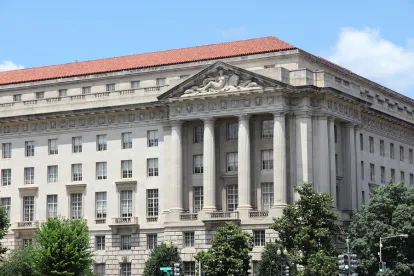Under the Biden-Harris administration, the U.S. EPA has made advancing Environmental Justice (EJ) a leading priority. At times it has felt like EPA releases an EJ-related announcement, policy, or guidance every day. While that may be an exaggeration, EPA has taken numerous actions related to EJ issues over the last nine months. Perhaps the most interesting actions to watch have been EJ-related permitting reviews and enforcement actions. These actions show EPA’s policies and guidance in action and demonstrate how EJ issues can and will have an impact on the regulated community.
In a short period of time, we have already seen numerous examples of EPA inserting themselves into state and local permitting proceedings involving EJ issues. Most recently, on October 21, 2021, EPA’s External Civil Rights Compliance Office (ECRCO) announced it will investigate the EJ concerns with the New York State Department of Environmental Conservation’s actions to advance a natural gas pipeline in Brooklyn, even as several portions of the pipeline have already been constructed. The investigation will be conducted pursuant to Title VI of the Civil Rights Act of 1964 (Title VI), which prohibits any recipient of EPA financial assistance from discriminating based on race, color, or national origin. Meanwhile, earlier this year ECRCO released the partial preliminary findings of its investigation into whether the Missouri Department of Natural Resources’ air permitting program is out of compliance with Title VI. While EPA’s investigation continues, ECRCO determined that the preponderance of the evidence supported a conclusion that the program failed to comply with Title VI.
EPA has also increasingly inserted itself into pending permitting actions. In May, the mayor of Chicago indefinitely delayed a permitting decision by the city’s Public Health Department on the relocation of a metal shredding and recycling facility pending an EJ assessment after EPA expressed concerns over the disproportionate impact the facility may have on the surrounding EJ community. Then, in September, EPA requested Michigan regulators to consider asking an asphalt company to move its planned facility out of the EJ community in which it was planned to be built. This appears to be the first time EPA has made such a request while commenting on an air permit review.
EPA’s actions should not come as a surprise though. They are all consistent with EPA’s Office of Enforcement and Compliance Assurance’s (OECA) April 30, 2021 internal guidance outlining actions intended to strengthen enforcement and advance the protection of EJ communities. In the internal guidance, EPA stated it would advance its EJ goals by increasing the number of facility inspections in EJ communities, increase engagement with EJ communities, and strengthen enforcement by resolving noncompliance through remedies with tangible benefits for EJ communities. EPA also stated that, while it intended to continue working jointly with co-regulators (e.g., state environmental agencies) and would endeavor to perform enforcement and compliance work in partnership with them, “if there is a situation where a community’s health may be impacted by noncompliance, and our co-regulator is not taking timely or appropriate action, we should not hesitate to step in and take necessary action.”
Also, in line with its internal guidance, EPA has focused enforcement efforts on facilities in EJ communities. Earlier this year EPA targeted an Oregon glass recycler for inspection because of its location in an EJ community. The inspection resulted in fines from the Oregon Department of Environmental Quality for repeated air quality violations and from EPA for failing to report information about toxic chemicals under EPCRA. EPA has also highlighted several other enforcement cases benefiting EJ communities involving air, water, hazardous waste, and reporting violations.
EPA is as focused as ever on advancing its EJ goals. EPA is increasingly focusing its investigations and enforcement actions on facilities located in EJ communities. We are also noticing that EPA is focusing on permitting situations where the scope and depth of the state agencies’ consideration of EJ issues may not be aligned with current EPA policies and guidance. While such focus is expected for new permit applications, EPA appears to be equally focused on permit renewals or modifications for facilities in EJ communities.
At a minimum, regulated facilities with upcoming permit applications, modifications, or renewals can try to get out in front of these issues by conducting an EJ risk assessment. Such proactive internal assessments can help a facility understand if it may be impacted by EJ issues and, if so, better understand what EJ risk mitigation actions can be undertaken to proactively address EJ concerns related to the facility or a permitted activity.



 />i
/>i

